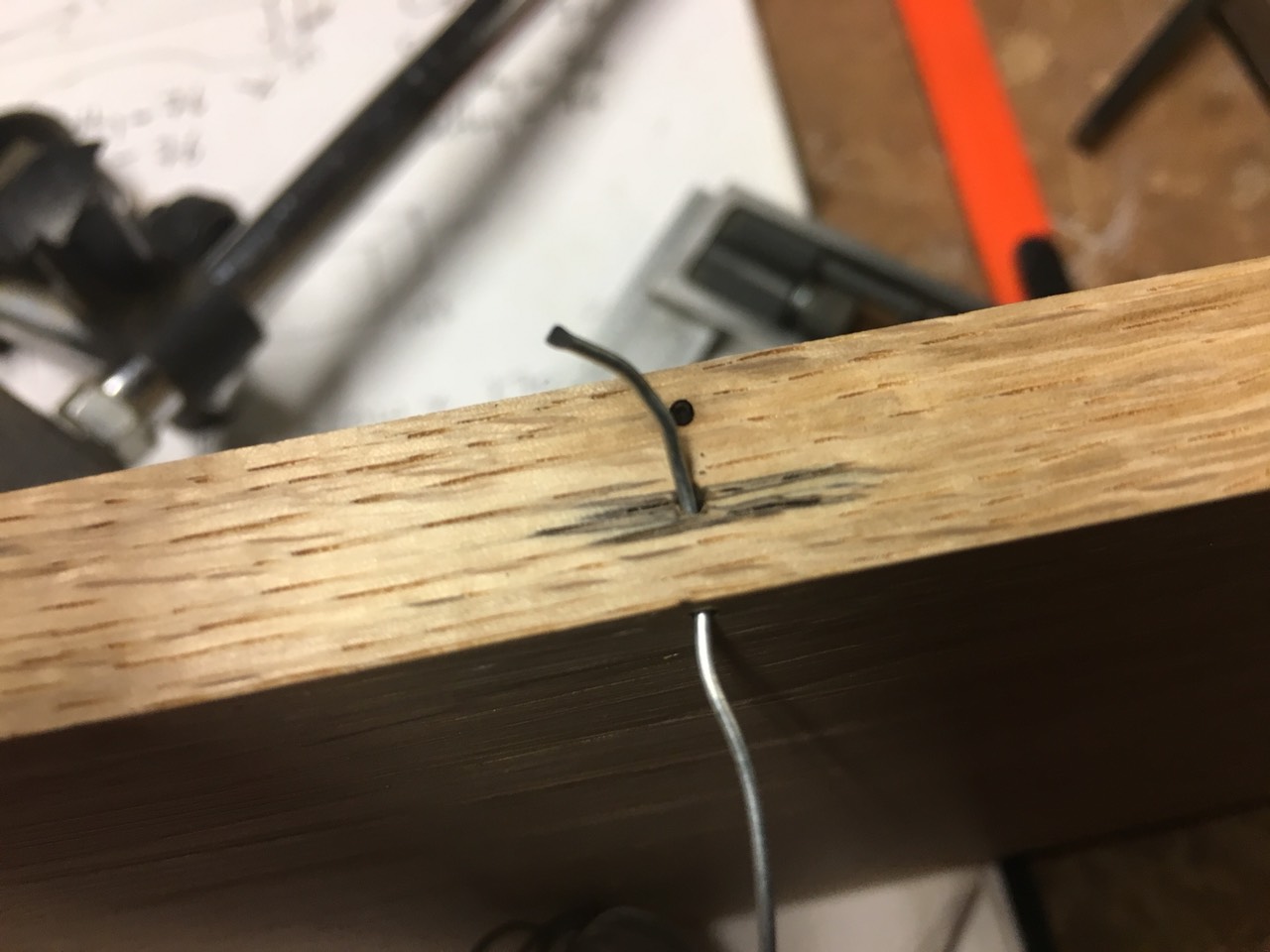Please could you offer me some advice regarding the pile of wood which I purchased yesterday:

It is (mostly) de-nailed hardwood pallet wood, which the seller rescued from being burned. He is selling it fairly cheaply, a friend told me about it having purchased some for raised beds in her garden. It measures approximately 3 1/2" x 1 3/4" in varying lengths.

I am allergic to pine and seek reasonably priced hardwood to play with in my shed. The trouble is, and the reason for posting, is that I have found some worm holes in some of the planks.
I don't know much about woodworm. My shed is 11' x 8', insulated and I have a heater. I keep it warm and cosy! Uninvited guests nibbling into my projects fill me with dread!
The timber itself varies hugely. The weight is significantly different plank to plank. There are splits, nail holes etc The heavy stuff especially could be fun to work with, some of it being dark attractive timber. If however if the advice is that it is better off left outside, then I'll use it for garden projects.
I don't have pictures of the worm holes at present, but I will look again tomorrow at the planks affected. It isn't very much though. I would like to build a workbench and thought it might be suitable for the under-frame, any advice regarding worm will be much appreciated. Thank you.

It is (mostly) de-nailed hardwood pallet wood, which the seller rescued from being burned. He is selling it fairly cheaply, a friend told me about it having purchased some for raised beds in her garden. It measures approximately 3 1/2" x 1 3/4" in varying lengths.

I am allergic to pine and seek reasonably priced hardwood to play with in my shed. The trouble is, and the reason for posting, is that I have found some worm holes in some of the planks.
I don't know much about woodworm. My shed is 11' x 8', insulated and I have a heater. I keep it warm and cosy! Uninvited guests nibbling into my projects fill me with dread!
The timber itself varies hugely. The weight is significantly different plank to plank. There are splits, nail holes etc The heavy stuff especially could be fun to work with, some of it being dark attractive timber. If however if the advice is that it is better off left outside, then I'll use it for garden projects.
I don't have pictures of the worm holes at present, but I will look again tomorrow at the planks affected. It isn't very much though. I would like to build a workbench and thought it might be suitable for the under-frame, any advice regarding worm will be much appreciated. Thank you.





































